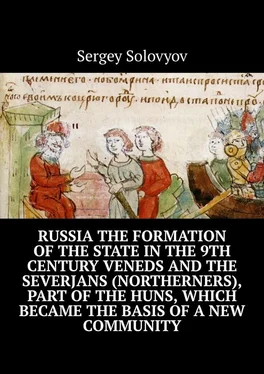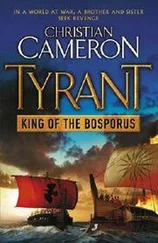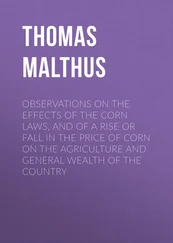
Stele with a child’s image of Ramses II.
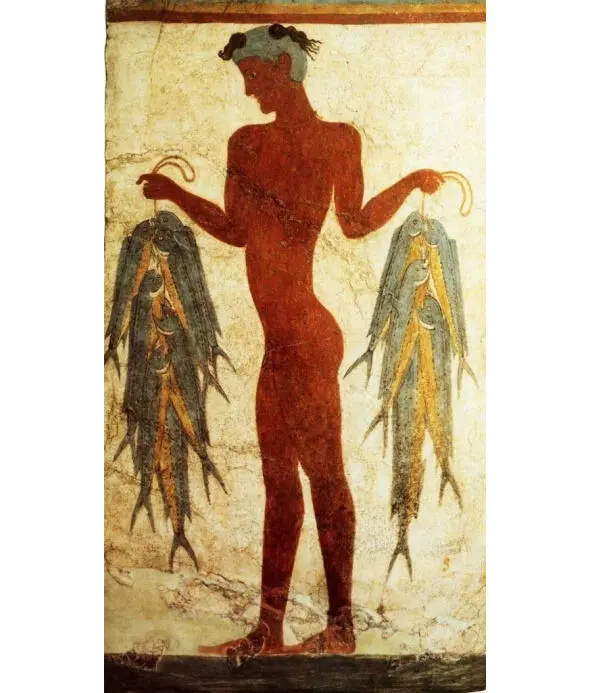
The hairstyle is identical to Cretan. Fehr’s frescoes show similar patterns
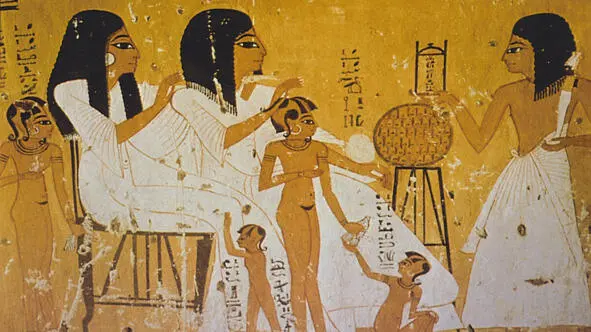
Next to it is a fresco from Fera with a boy, with a cut-out head and curls. A similar hairstyle for the children of the pharaoh.
That is, as you can see, the Huns-Hans, having passed from the Ob basin to Egypt, India and China and reaching the banks of the Oder, shared such a peculiar cultural tradition, as well as peculiar views on children’s hairstyles. But the tradition has remained, judging by the images. And, as you can see, the memory of this remained in the myths of other peoples.
The word Γίγαντες consists of two words Gaea (Old Greek) Γῆ, Γᾶ, Γαῖα – “Earth” and γαντες. The name of the giants of Hellas is also similar to the Pomeranian Huns, and the Slavic Gans (Kans, Velikans) and are associated with the serpent cult, like the Huns of Eurasia.
And this is what Homer writes about a leader named Guney. (Guney (ancient Greek Γουνεύς)) is a character of ancient Greek mythology. He is the son of Okita and Avrophyta, from Keith, from northwestern Thessaly he brought the Enians under Troy on 22 ships, Hunei was named the leader of the Enians and Perrebians, and upon his return he got into a storm near Mount Caferea. Having left the ships, he arrived in Libya and settled on the banks of the Kinipa River. Here, under the name Enian, Homer gives the earliest mention of the Wends (Eneds, whom Quintus Curtius Rufus also calls genetics. It must be said that the word WANAX, king, was pronounced by the Greeks as ANAKS).
But from Kifa Guney with twenty and two ships
He sailed, leading the Aenians and the warlike, strong Perrebians,
A tribe of men who settled around Dodona cold,
The lands of those who plowed, on whom the merry Titaresus makes noise,
Quickly in Penei rushing magnificently rolling waters,
Which he does not merge anywhere with the Penei of silver,
Homer. Iliad II 748.
That is, Homer indicates where the Huns-Gants lived in a time close to him – in Thessaly, where it was possible to engage in horse breeding, and the Eneta-Venets are immediately mentioned. And next to the Huns, which will be important in other parts of the book. The leader of the Huns of Asia Minor was obviously also Gannimed, the hero of the Hellenic epic. According to myths, he was a Trojan prince, and for his beauty was taken alive to heaven by Zeus himself. And here, it should be remembered that, judging by the finds in the Three lobular temporal rings, jade axes, incredibly similar to the stone axes of the Borodino treasure, attributed to the Seima-Turbino culture, then Troy apparently belonged to this culture of the same time. And the name Gunnimed – “Leader of the Ghans” here no longer looks like an accident, but shows that the Greeks remembered the name of that tribe that came from Asia.
Minos founded the cities of Knossos, Festus and Kydonia. Once every nine years, he retired to the cave of Zeus, the city of Ida, (by the way, the city of Ida near Troy) in order to receive laws from him. Minos is considered the founder of the Cretan maritime dominance. Festus can be translated from Greek as shining, shining from φάe shining. Pasiphae (ancient Greek.
Menes (the name “Menes” (“Men”) is described by the ancient Egyptian historian Manetho, other forms of his name are Mina (according to Herodotus) and Menny; translated from the ancient Egyptian Mena means “Strong”, “Strong”, “Eternal”) According to the late Egyptian and ancient tradition, Menes was an experienced warlord of Egypt. Selket (also known as Selchis, Selkis, Selkhit, Selkit, Serkhet, Serket-hetit and Serkuet) is a goddess in Egyptian mythology – the patroness of the dead, the daughter of Ra, who helps him to hit enemies. Especially revered in Lower Egypt. The sacred animal Selket is a scorpion. Images of Selket in the form of a woman with a scorpion on her head were often placed (along with images of Isis, Nephthys and Neith) on sarcophagi and canopic boxes. The Selket cult is closely connected with the story of the great warrior Menes (King of the Scorpions). Under the auspices of the Scorpion Goddess, Menes won many wars and became her faithful priest. The king loved and respected the goddess and therefore wore the coat of arms with the image of a scorpion and called himself the Scorpion King. In the death of a warrior, Selket took him to her service in heaven, thereby forever taking away from the soul the opportunity to reincarnate. (i.e. it is possible that the scorpio zodiac sign comes from Menes)
So the legend of Menes is similar to the legend of King Minos from Crete and, obviously, the legend was brought to Egypt by the Danians, which proves this and the worship of the four gods in Egypt under Akhenaten, who carried out a religious reform (Aton is the sun god, Hator is the goddess of the earth, Shu is the god air and Selket – the goddess of the underworld) is similar to the Cretan Pantheon. (Ilios is the sun god, Summer is the goddess of the Earth, Ill is Apollo the god of light, Elicia is the goddess of the underworld. Menelaus (ancient Greek Μενέλᾱος, dor. Μενέλᾱς, Ion attorney Μενέλεως) is the legendary hero of Homer’s epic Iliad”, Helena’s husband. Called fair-haired (IV, 183). According to myths, Menelaus was the son of Atreus (according to the version, Plisthenes) and Aeropa, the younger brother of Agamemnon.
XXXI. ANTHEM TO THE SMOKE
Oh jumpers, the smokes that circle in a military dance,
Leaping wildly with a stomp, uttering shouts of exultation!
Lyra – not for you, violators of the harmony with a flying foot,
Armored guards, beauticians, bright with glory!
You are both retinue and orgiophants of the violent mother in the mountains!
Oh, appear favorably at the word that glorifies you,
With affection for that booss, who is forever welcomed by the soul!
That is, judging by the words of the Hymn, the Shepherd-Tsar is Apollo-Illus, and it was he who was their leader, with which the mention of the Kurets in Dionysus’s campaign to India is indicated, and Dionysus is the ambivalent essence of Apollo-Illus.
The Shepherd King, also called Van-Gopal, or Van Kupala. (Cows love water, and Apollo in myths very often appears as a shepherd of cows. Gopal in Sanskrit is a shepherd)
Herodotus told the truth. How did the Ethiopians get to the Caucasus and became Colchians? Abkhaz myths and Herodotus speak about this, complementing each other. And it seems that it was Apollo Illus, also called the King-Shepherd, who led the warriors from the steppes of Eurasia to distant Egypt, and there were traces of both the campaign and the retreat.
“The sleds, all one hundred brothers, once saddled their horses – araschi – and set off on the road-road, as always, to get glory. They ride, they ride, where the night falls, there and lodging. In the morning they saddle their horses and on the road-road. They traveled for a year and a half, and one evening they stopped under the shady branches of a large, spreading tree in the middle of a wide field, jumped off their horses, let them graze. to the sky, and the people who lived half a day’s journey from the place where the sledges were resting noticed this smoke. They were black people – Negroes. They were all so black that a brave horseman would have been frightened if he saw them. Black people equipped warriors and ordered them to find out what kind of smoke it was. “Black-faced warriors returned from reconnaissance, told the elders about everything.
Читать дальше
